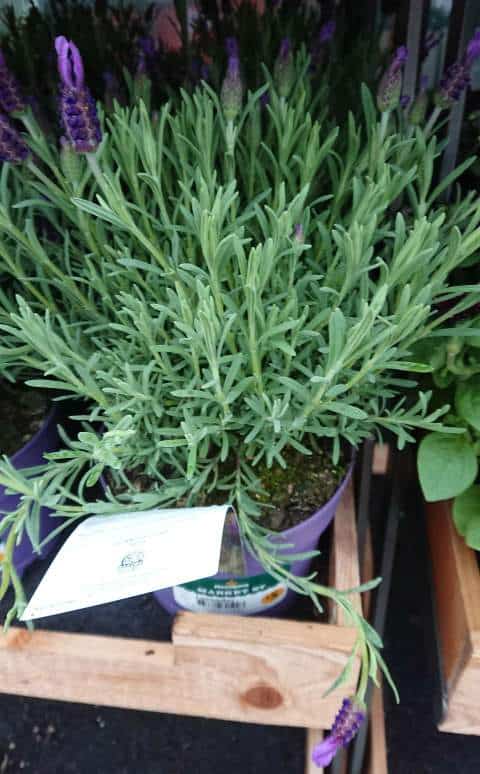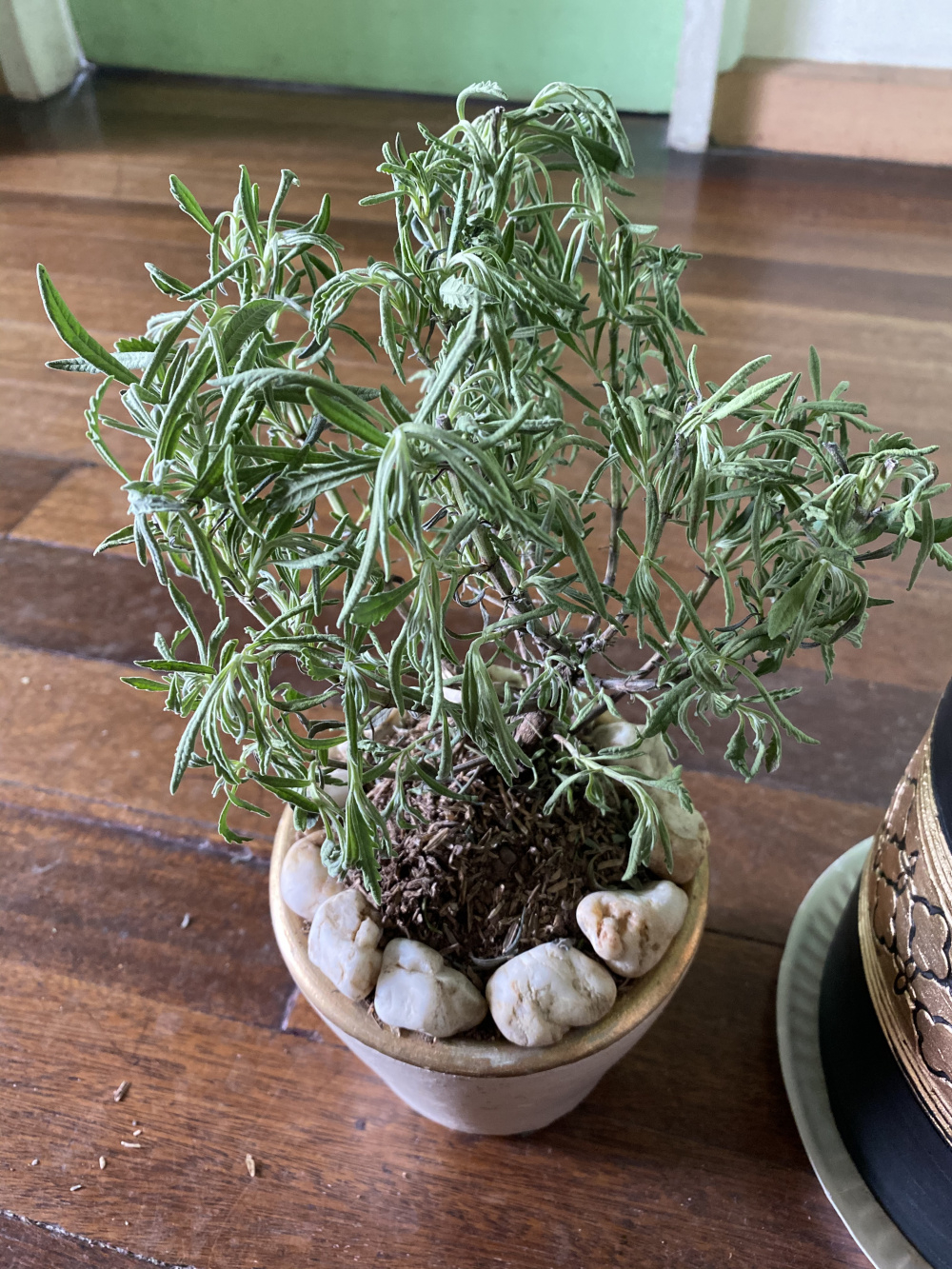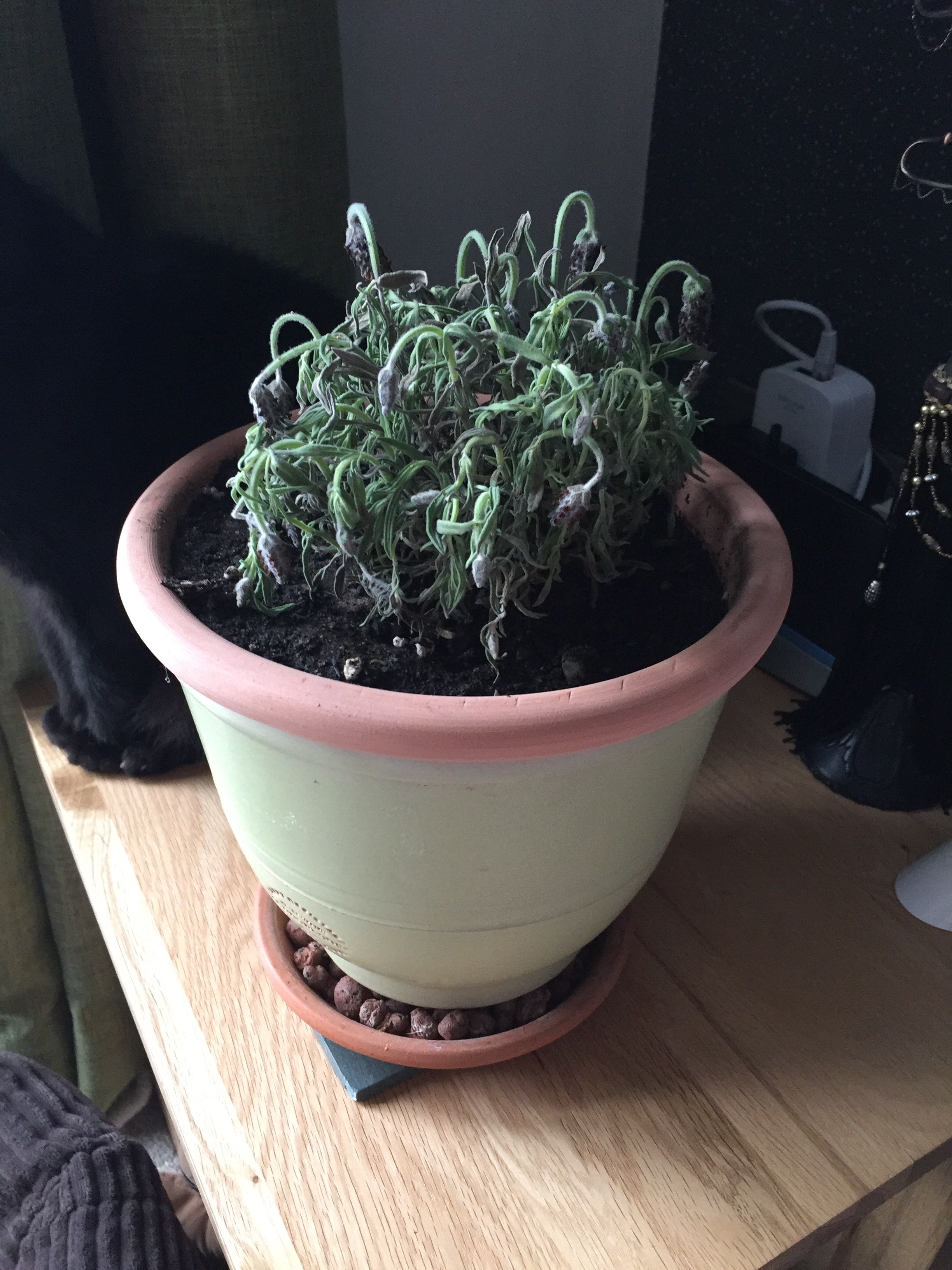
Lavenders are resilient, low-maintenance plants that regularly flower for years and give off a powerful smell when given the correct conditions.
But there are some things that can make a lavender plant wilt.
Lavender flowers Because of the contrast between the growing circumstances in a garden store and those in your yard, wilting when initially planted can be a sign of stress. Other factors that contribute to lavender withering include overwatering, transplant shock, undersized pots, and fertilizer or soil that is nutrient-rich.
Lavender frequently wilts after planting since it can take some time for it to adjust to its new habitat, but if you use the finest care practices, the lavender usually recovers.
Lavender plants can wilt for a variety of causes.
Learn more about the causes of your lavender’s wilting and how to fix the issue by reading on.
Table of Contents
1. Lavender Wilting After Planting or Transplanting
When conditions change, lavender plants may wilt after being planted as an indication of stress.
English lavenders in particular are hardy plants that can survive in both hot and cold conditions.
When environmental factors (such as temperature) drastically change, lavender plants may experience shock and a period of acclimatization, which could result in temporary wilting.
Lavender needs time to adapt to your garden’s unique conditions, which are different from those of the garden center, store, or greenhouse where it was grown before being planted.
This contrast may be caused by variations in temperature, humidity, soil type, watering frequency, etc.
The lavender, and especially the root system, must get used to their new surroundings and work to adapt to the new soil conditions, including the accessibility of water, nutrients, and drainage rates.
The lavender will return to normal once it has adjusted to its new habitat, which could take a week or so if you have followed all the recommended care methods for growing lavender. If it has wilted, you should not be concerned if you have done so.
(For more information, see my post on how to transplant lavender precisely and prevent transplant shock.)
Read my post on Lavender ‘Hidcote’ and Lavender ‘Grosso’ for a care manual and all the finest techniques.
Watering Lavender after Planting to Prevent Wilting
Due to their adaptations to the Mediterranean region where they are native, lavenders are drought tolerant plants; nevertheless, they do require extra water when they are transplanted, and too much water can also cause difficulties, causing the lavender to wilt.
Correct watering might be difficult to achieve because it can also rely on the season and the local climate’s particular weather patterns.
Wilting lavender plants upon transplanting or planting could be caused by:
- watering too much (Lavenders require the soil to dry out between bouts of watering)
- As a symptom of stress brought on by the extreme heat (preferably plant lavender in Spring or the Fall rather then Summer)
Lavender should be planted or transplanted in the spring or fall as opposed to the summer.
The optimal time to plant is in the early spring for two reasons:
- The roots of the lavender have time to adapt to the new soils during the Spring’s lower temperatures, allowing them to take up water as needed without having to deal with scorching sun and high temperatures at this delicate time. Lavender may wilt if temperatures are too high.
- If lavender is planted in the spring, it will have time to adapt to its new environment and get ready for the summer flower display. Flowers may wilt if planted in the summer because of the extreme heat.
It is still feasible to plant lavender effectively in the summer, but it takes more care and attention, especially in terms of watering.
The lavender needs just the right amount of water to let the roots take hold after planting, but not too much that the soil becomes permanently wet.
If there are unrelenting high temperatures and bright sunshine without any overcast days and your lavender is starting to wilt, water once every three days for the first couple of weeks (as long as the soil is well-draining), and then once per week for the first month to give the roots a chance to establish and adjust to drawing up water from the soil. This balance of watering and drying out will vary depending on the climate and weather conditions.
(For further information on watering, see my post on possible causes of newly planted lavender wilting.)
The issue of overwatering is another one. Since lavenders need a little bit of dryness in the soil between waterings, overwatering will quickly cause root rot if the soil is kept continuously humid.
To help the roots to take root, always water liberally.
2. Over Watering Lavender Causing Wilting

Lavender plants prefer dry, sandy soil that drains well and receives little water once they are established after planting.
If you water your lawn too regularly, the soil will become excessively wet, which will encourage root rot and other microbial diseases.
Contrary to popular belief, overwatering will cause lavenders to wilt and frequently result in browning of the leaf. This is frequently misinterpreted as a sign that the plant needs more water, which makes the issue worse.
- Established lavenders often don’t need any water in temperate locations with overcast days and moderately frequent rainfall, unless there are severe circumstances of drought.
- If there hasn’t been much rain, lavender plants only need to be watered once every two weeks in hot locations (like southern California or Spain). Because pots have good drainage, potted lavenders may need more frequent watering every two weeks, independent of rainfall.
If your lavender plant is wilting because you are watering it more frequently than once every two weeks, you can cut back on your watering. Once the soil dries out, the plant should recover. (For the best, well-draining soil mixture for lavenders, read my post.)
The presence of brown or blackened leaves indicates a fungal infection, which is typically brought on by damp soil. Read my article on how to fix lavender that is going black for the remedy.
3. Wilting Temporarily due to Heat
Lavender wilting can also result from the plant’s response to very hot days. This is frequently the case when a period of relatively moderate weather is followed by a day with unusually high temperatures.
This form of wilting is nothing to be concerned about if the lavender appears normal by nightfall in cooler temps because the wilting is simply a typical response to days that are too hot.
As a transitory response to the heat rather than to drought, this does not necessarily imply that the lavender needs additional water.
Lavenders are able to withstand heat and drought in the countries of Southern Europe with a Mediterranean environment because they grow in sandy soils, high temperatures, and full sun.
Do not be tempted to water the lavender more regularly because lavender do not like damp soil and are adapted to these dry and harsh circumstances, so overwatering is more likely to cause issues than underwatering.
After a hot day, the lavender will bounce back and appear rather normal when the temperature drops later in the day, with no negative consequences.
(Read my article on how to water lavender in the heat.)
4. Lavender Wilting in a Pot
However, there are certain unique reasons why a lavender plant may be withering in a pot rather than planted in garden soil. All of the causes of lavender wilting may be applied to lavender whether it is planted in garden borders, pots, or containers.
The pot’s size is the primary factor.
Lavenders should ideally be planted in a pot with a diameter of 12 to 16 inches.
With a container of this size, the lavender will have enough room for its root system to develop and gain access to the water and nutrients it needs, as well as enough soil to protect the roots from the cold throughout the winter.
The soil will dry out much more quickly in the scorching heat on days when the pot is too tiny for lavenders, which prefer full sun.
Lavenders can withstand droughts and really love dry circumstances, but a small container will confine the roots, and the soil will dry up so quickly that the lavender won’t be able to absorb water from rain or irrigation.
The lavender plant may wilt as an indication of stress if the potting soil is dry and heated, which will enhance soil evaporation.
Increased watering is not the answer because the lavender’s roots will probably still be confined to the little pot. As a result, you should move the lavender or transplant it into a larger container with sand-based soil.
By doing this, you’ll make sure the roots have enough room to grow and gather water when they’re needed without causing the soil to dry out too quickly.
The lavender may wilt as a result of the soil drying out too rapidly depending on the type of pot used.
Compared to pots made of clay, terracotta, or ceramic materials, pots made of metal or plastic better conduct heat.
This can accelerate the rate at which soil moisture evaporates on scorching hot days, raising soil temperature to a point where plants may struggle and wilt as a result.
Lavender should thrive if planted in the proper kind of pot or moved there. Check out my article on selecting the best container for lavenders.
5. Nutrient Rich Soils causing Lavender to Wilt

Instead of a rich soil, lavenders prefer one that is low to medium in nutrients.
This is due to the fact that lavenders, in their native habitat, are adapted to living in sandy or stoney soils and really grow best in terms of foliage and flowers when in poor soils.
Overly fertile soils will cause growth that is lanky, occasionally appearing to be wilting, and with yellowing leaves.
Rich soil typically results in more leaf growth and fewer blossoms.
This also holds true for the application of nitrogen-rich fertilizers and soil additives like manure.
If you planted lavender in nutrient-dense soil or added additional fertilizer and the plant is wilting, amend the soil with horticultural sand or grit.
If you are planting in pots or containers, approximately one third of the volume should be sand and the remaining two thirds should be potting soil or compost.
Sand is added to the soil to assist duplicate the conditions that lavender prefers, and because it does not retain or provide many nutrients, it can balance out excessively nutrient-rich soils to make them more suitable for growing lavender.
Additionally, the sand or grit improves drainage, preventing the lavender from wilting as a result of wet soils.
There will be more blossoms, healthier growth, a richer smell, and more significantly, the plant will recover from a wilting appearance, if you don’t feed it or place it in rich soil.
Conclusion
- Lavenders may wilt in response to a change in environmental factors, excessive watering, inadequately sized containers, or as a response to hot weather and nutrient-rich soil.
- Lavenders often momentarily wilt as a sign of stress when adjusting to their new surroundings, but they quickly bounce back once they are established.
- Lavender should be planted in a pot that is the right size to allow the roots to access enough soil, water, and nutrients without becoming root-bound.
- Lavender does not require frequent watering, and excessive watering might cause it to wilt, which is an indication of stress. As lavenders are drought and heat resilient, make sure they are planted in a soil mixture that drains well and water them just once every two weeks.
